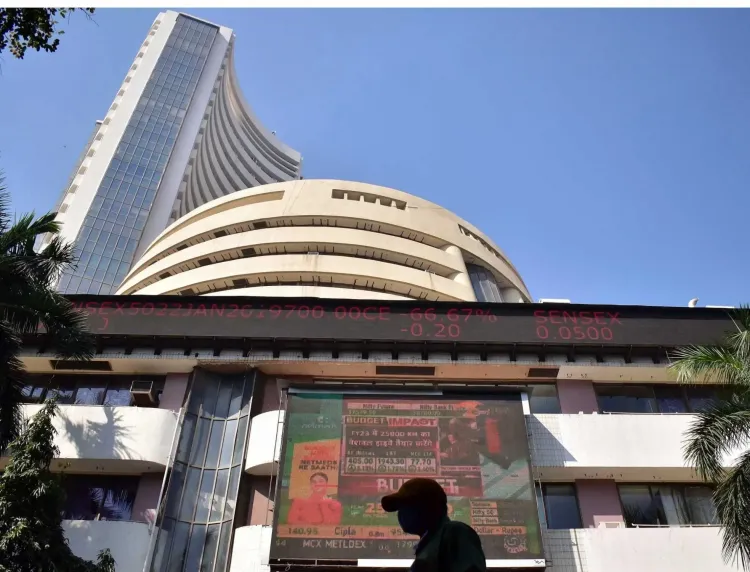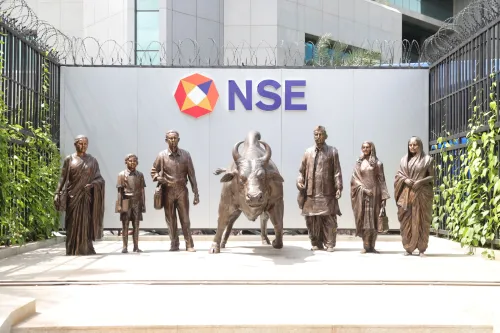Why Did Sensex and Nifty Open Slightly Lower?

Synopsis
Key Takeaways
- Indian equity indices opened lower.
- Heavyweights like L&T and Bajaj Finance declined.
- Midcap and smallcap stocks showed positive movement.
- Analysts suggest buying on dips during consolidation.
- FIIs continued selling, while DIIs increased buying.
Mumbai, June 3 (NationPress) Indian equity markets commenced the day with a slight downturn on Tuesday, as major players such as L&T and Bajaj Finance experienced declines.
By 9:24 am, the Sensex had decreased by 152 points, or 0.19 percent, reaching 81,221.39, while the Nifty fell by 36.40 points, or 0.16 percent, to settle at 24,680.40.
However, there was positive momentum in midcap and smallcap stocks, with the Nifty midcap 100 index rising by 167.85 points, or 0.29 percent, to 57,943.40, and the Nifty smallcap 100 index increasing by 107.85 points, or 0.60 percent, to 18,202.05.
Sector-wise, auto, PSU Bank, pharma, metal, realty, and media sectors showed significant gains, while financial services, FMCG, energy, and private banks faced declines.
Analysts suggest that after a steady start, the Nifty could find support at 24,700, followed by 24,600 and 24,500. On the upside, 24,800 may serve as immediate resistance, trailed by 24,900 and 25,000.
Within the Sensex index, stocks like Eternal (Zomato), Tata Steel, M&M, IndusInd Bank, Tata Motors, and Asian Paints were notable gainers. Conversely, L&T, Bajaj Finance, Bharti Airtel, HUL, ICICI Bank, Axis Bank, and Maruti Suzuki were among the biggest losers.
Most Asian markets were in the green, with Tokyo, Shanghai, Jakarta, and Hong Kong leading the gains.
Experts remarked that during this consolidation phase—where the market fluctuates within a defined range—buying on dips is the recommended approach.
"This strategy is currently proving effective. Given the prevailing uncertainties in geopolitics, tariffs, and trade, market volatility is likely to persist. Hence, investors should continue with the strategy of buying on dips," stated VK Vijayakumar, Chief Investment Strategist at Geojit Investments Limited.
In related news, foreign institutional investors (FIIs) maintained their selling trend for the second consecutive session on June 2, offloading equities worth Rs 2,589 crore. In contrast, domestic institutional investors (DIIs) increased their purchases for the tenth day, acquiring equities worth Rs 5,313 crore on the same day.









